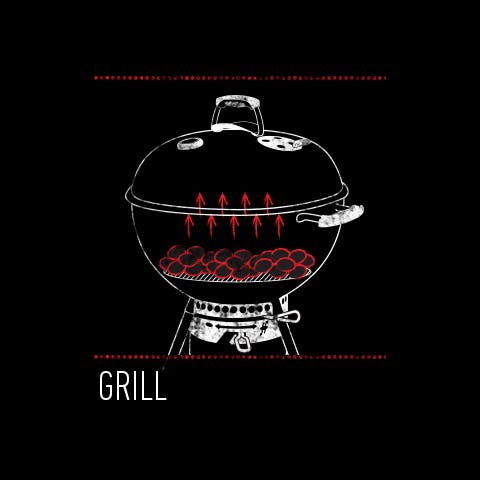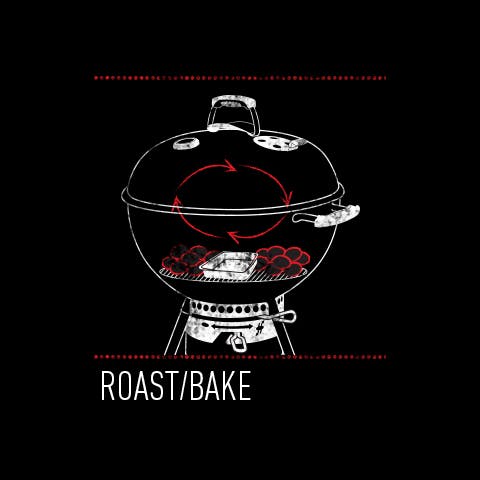Using Air Vents When Barbecuing
13th Jun 2013
"How do I use the vents on my Weber Charcoal BBQ?"
I have to admit, before working withWeber barbecues, I didn’t really know much about the art of barbecuing, nor really pay much attention to things like the air vents on my charcoal barbecue! I could see them there but it just didn’t register that they were actually there for a purpose... Here at the Riverside Garden Centre, many of our customers ask questions and thankfully this is one question that does arise from time to time (so at least I know I’m not the only one!) I decided therefore to do a little homework and asked the experts at Weber to give me a quick heads up on how to use the air vents on my charcoal barbecue properly... Now I don’t mean to teach anyone to suck eggs here, but this might just be something you didn’t think about either!?...



The Chemical Reaction Fuelling the Fire Air vents on your charcoal barbecue are there for a reason – they control the temperature of your barbecue by controlling the way your charcoal burns. You may think that opening the vents will cool your barbecue down, but you would be wrong! Don’t forget the basic principles of how fire starts and how it is fuelled... A fire is started with three vital elements that causes a chemical chain reaction, therefore when adding oxygen to your barbecue (opening the vents) you'll be increasing the heat and temperature of your barbecue. Ever tried to use a hairdryer or 'fan' your barbecue to get it started in the first place?!! Filling your Weber Charcoal Starter Under normal circumstances, if you use the correct amount of charcoal for your barbecue, you shouldn’t have to touch the vents unless the weather dictates.
Cooking Temperatures
For a 57cm charcoal barbecues, you should be filling your chimney starter with Weber briquettes when grilling for temperatures of above 230 degrees Celsius (don’t forget that grilling offers quick, intense and direct heat which makes this ideal for searing steaks!). When roasting at temperatures of 180-200 degrees Celsius, ensure your chimney starter is ¾ full of charcoal briquettes as fewer briquettes decrease the amount of fire and therefore overall heat, so you can cook for longer periods of time. If it’s a little on the breezy side, your coals may be burning too hot as the breeze and added oxygen circulating will be feeding your fire – if this is the case, all you need to do is tweak the top vent closed just a little for a few moments to cool your barbecue down. Only ever shut the vent completely for approximately 5 minutes at a time if you need to as waiting until the temperature gauge response may be too late! Practice makes perfect and understanding how your vents control your barbecue temperature is pretty easy to master - experimenting with different cooking methods is a great way of doing this!
